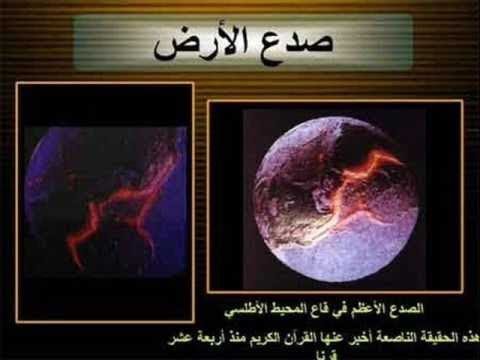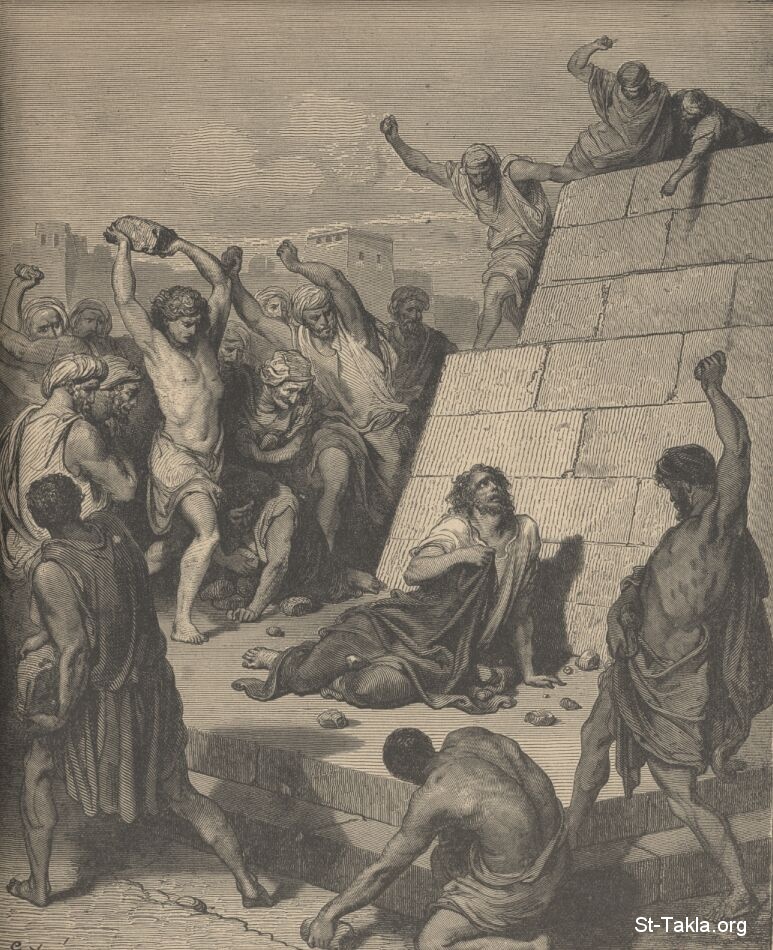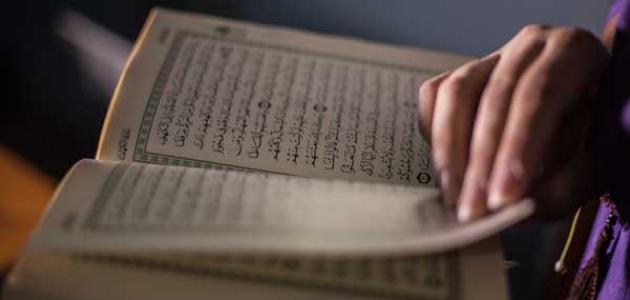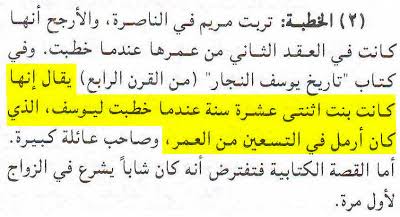يقول الله سبحانه وتعالى فى ذكر مراحل خلق الانسان :
وبعد أن تحدث عن بداية خلق الانسان من الماء الدافق (ماء الرجل وماء المرأه) تحدث عن مصدر خروج هذا الماء فقال :
قوله تعالي: يخرج من بين الصلب والترائب:
تتكون الغدد التناسلية في كل من الرجل والمرأة( الخصيتان والمبيضان) مما يعرف باسم الحدبة التناسلية والتي تقع بين صلب الجنين( أي عظام ظهره الفقارية أو عموده الفقاري), وترائبه( أي عظام صدره أو ضلوعه) وتنزل الخصيتان بالتدريج حتي تصلا إلي خارج الجسم( كيس الصفن) في أواخر الشهر السابع من عمر الحميل. وينزل المبيضان إلي حوض المرأة في نفس الفترة تقريبا ويبقيان في داخل الحوض. وتبقي تغذية تلك الغدد التناسلية الذكرية والأنثوية بالدم والسوائل اللمفاوية والأعصاب من مركزي نشأتها من موقع الحدبة التناسلية بين الصلب والترائب طيلة حياة أصحابها, ومن هنا تأتي ومضات الإعجاز العلمي في هذه الآيات الثلاث التي يقول فيها ربنا( تبارك وتعالي): فلينظر الإنسان مم خلق* خلق من ماء دافق* يخرج من بين الصلب والترائب*( الطارق:5 ـ7)
في التأكيد علي خلق الإنسان من مائي الرجل والمرأة, وأن كلا من المائين يخرج دافقا مندفعا, وأن كليهما يخرج من بين الصلب والترائب لنشأة الغدد التناسلية في كل من الرجل والمرأة من نفس هذا الموقع, واستمرار تغذيتها طيلة حياتها بالدماء والسوائل الليمفاوية والأعصاب من الموقع ذاته, مما يجعل هذا الماء يخرج فعلا من بين الصلب والترائب.
ورحم الله فضيلة الإمام الشيخ أحمد مصطفي المراغي الذي أدرك ببصيرته هذا السبق القرآني المعجز فكتب في تفسيره الصادر من قبل سبعين سنة تعليقا علي هذه الآيات جاء فيه ما يلي:
وإذا رجعنا إلي علم الأجنة وجدنا في منشأ خصية الرجل ومبيض المرأة ما يفسر لنا هذه الآيات التي حيرت الألباب, وذهب فيها المفسرون مذاهب شتي علي قدر ما أوتي كل منهم من علم… ذاك أنه في الأسبوع السابع من حياة الجنين في الرحم ينشأ فيه ما يسمي جسم وولف وقناته علي كل جانب من جانبي العمود الفقري. ومن جزء من هذا تنشأ الكلي وبعض الجهاز البولي… ومن جزء آخر تنشأ الخصية في الرجل والمبيض في المرأة.
فكل من الخصية والمبيض في بدء تكوينهما يجاور الكلي ويقع بين الصلب والترائب, أي ما بين منتصف العمود الفقري تقريبا… ومقابل أسفل الضلوع. ومما يفسر لنا صحة هذه النظرية أن الخصية والمبيض يعتمدان في نموهما علي الشريان الذي يمدهما بالدم… وهو يتفرع من الشريان الأورطي في مكان يقابل مستوي الكلي الذي يقع بين الصلب والترائب, ويعتمدان علي الأعصاب التي تمد كلا منهما… وتتصل بالضفيرة الأورطية ثم بالعصب الصدري العاشر وهو يخرج من النخاع من بين الضلع العاشر والحادي عشر… وكل هذه الأشياء تأخذ موضعها في الجسم فيما بين الصلب والترائب. فإذا كانت الخصية والمبيض في نشأتهما وفي إمدادهما بالدم الشرياني.. وفي ضبط شئونهما بالأعصاب, قد اعتمدتا في ذلك كله علي مكان في الجسم يقع بين الصلب والترائب, فقد استبان صدق ما نطق به القرآن الكريم وجاء به رب العالمين, ولم يكشفه العلم إلا حديثا بعد ثلاثة عشر قرنا من نزول ذلك الكتاب العزيز….
فالحمد لله علي نعمة الإسلام, والحمد لله علي نعمة القرآن, والحمد لله علي بعثة خاتم الأنبياء والمرسلين( صلي الله وسلم وبارك عليه وعليهم أجمعين, وعلي آله وصحبه ومن تبع هداه ودعا بدعوته إلي يوم الدين) اللهم آمين آمين آمين وآخر دعوانا أن الحمد لله رب العالمين.
Histogenesis and organogenesis of the gonad in human embryos.
The histogenesis and organogenesis of the human gonad in 12 embryos and 6 fetuses of ovulational ages 5 to 18 weeks was investigated by histological and ultrastructural examination, including observation of almost complete serial Epon-embedded sections of entire gonads of 10 embryos. This investigation revealed that the main constituent cells of the gonads are derived from the mesonephros, and that the coelomic epithelium is not involved in the formation of the main component at any stage. With the migration of the primordial germ cells into the gonadal ridge, the coelomic epithelium becomes stratified to form a moderate protrusion of the gonad into the coelomic cavity and the coelomic epithelial cells develop into short pillars which form cord-like structures, the so-called primary sex cords. Shortly afterwards, concomitantly with the development into the subsequent prominent protrusion of the gonad into the coelomic cavity, cells emerging from the mesonephros are incorporated into the gonad to form ‘primordial sex cords’. At this stage, a stratified, pile-like arrangement of coelomic epithelium flattens into monolaminar or oligolaminar structures. In the testis, the ‘primordial sex cords’ differentiate into seminiferous sex cords by elaborating a surrounding basal lamina. In the ovary, these ‘primordial sex cords’ become displaced towards the peripheral regions of the gonad by the enlargement of these cords, as well as by the formation of the interstitium, or so-called medulla, at the base of the ovary; they differentiate into ‘folliculogenous sex cords’ which give rise to follicular cells.
المصدر :
Pubmed.gov
http://www.ncbi.nlm.nih.gov/pubmed/1769902
The ovary is thus formed mainly from the genital ridge and partly from the mesonephros. Later the mass is differentiated
into a central part, the medulla of ovary, covered by a surface layer, the germinal epithelium.
The testis is developed in much the same way as the ovary, originating from mesothelium as well as mesonephros. Like the ovary, in its earliest stages it consists of a central mass covered by a surface epithelium. In the central mass a series of cords appear, and the periphery of the mass is converted into the tunica albuginea, thus excluding the surface epithelium from any part in the formation of the tissue of the testis.
Descent of the testes
The descent of the testes consists of the opening of a connection from the testis to its final location at the anterior abdominal wall, followed by the development of the gubernaculum, which subsequently pulls and translocates the testis down into the developing scrotum. Ultimately, the passageway closes behind the testis.
Descent of the ovaries
Just as in the male, there is a gubernaculum in the female, which effects a considerable change in the position of the ovary, though not so extensive a change as in that of the testis. The gubernaculum in the female lies in contact with the fundus of the uterus and adheres to this organ, and thus the ovary can only descend as far as to this level. The part of the gubernaculum between the ovary and the uterus ultimately becomes the proper ovarian ligament, while the part between the uterus and the labium majus forms the round ligament of the uterus. A pouch of peritoneum analogous to the processus vaginalis in the male accompanies it along the inguinal canal: it is called the canal of Nuck.
ويمكن للباحث عن الحق أن يراجع المعلومه فى أى مصدر علمى آخر ، وآخر دعوانا أن الحمد لله رب العالمين .




















